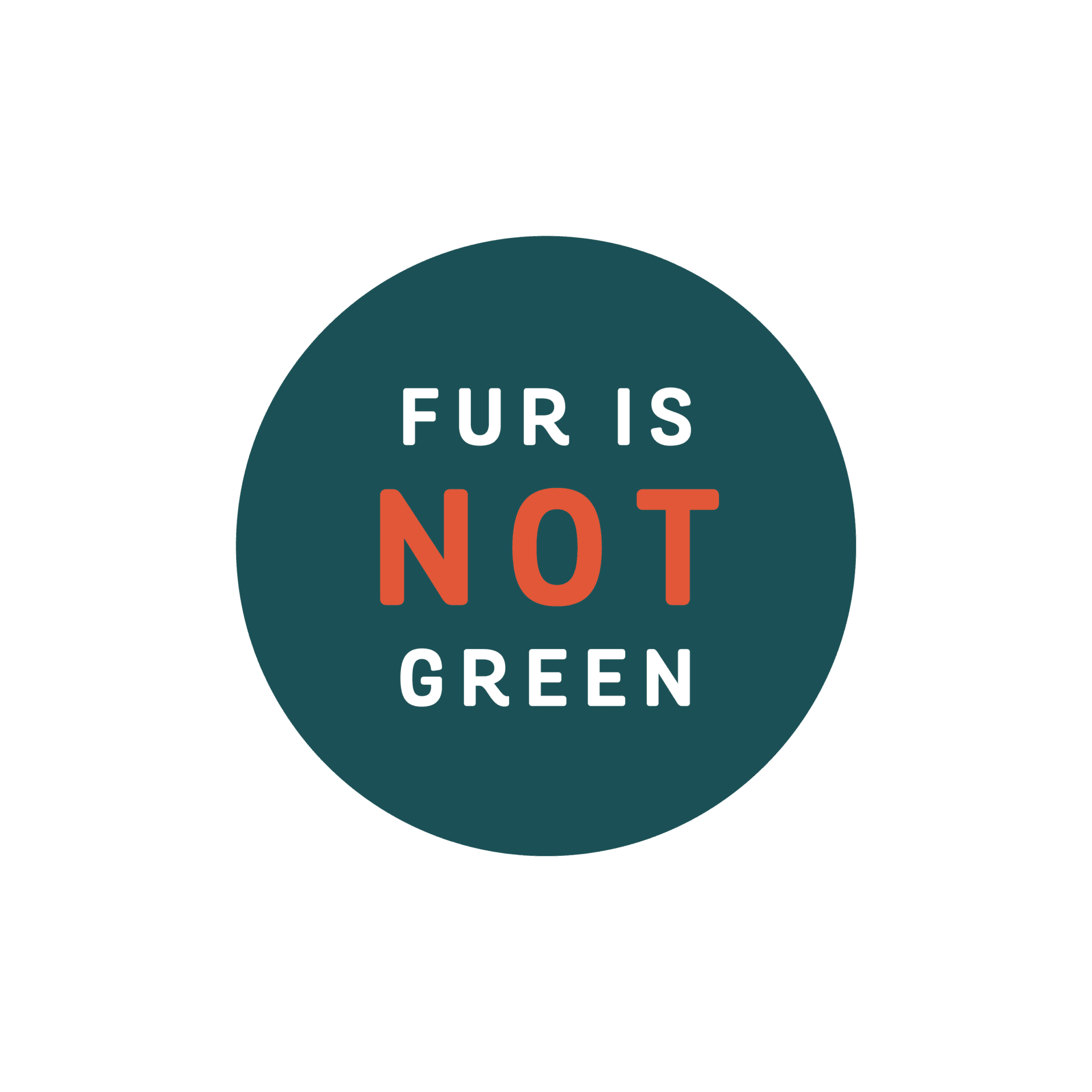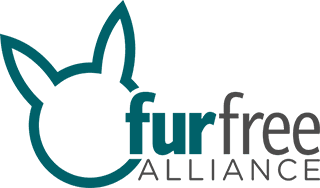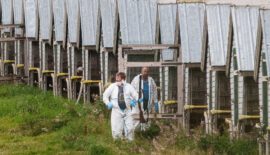The production of fur imposes significant adverse impacts on both the environment and human health. Far from being a natural resource, fur production is an intensely toxic and energy-consumptive process, with pelts being dipped in toxic chemical soups and animal waste runoff from fur factory farms polluting soil and waterways.

Environment and health
Just as animal agriculture, the keeping of thousands of animals on fur farms has a severe ecological footprint, as it requires land, water, feed, energy and other resources. Several European advertising standards committees have ruled that advertising fur as environmentally friendly is “false and misleading.”

Local pollution
The local impact of fur farms leads to the degradation of land, rural life, property values and economic activities. Plus, waste runoff seeps into soil and waterways, causing severe damage to local ecosystems.

Biodiversity loss
The injuring and killing of non-target animals by body-gripping traps pose a severe threat to endangered species. Also, escaped predatory animals from fur farms cause a decrease of local biodiversity.

Toxics in fur
The hazardous toxics used in the process of conserving, bleaching and dying pelts, pose an overall threat to the health of consumers wearing the products and to workers in fur processing plants.

Climate impact
Energy is consumed at every stage of fur production. Similar to other types of agriculture, fur factory farms emit large quantities of greenhouse gasses, while burning fossil fuels and other resources.







